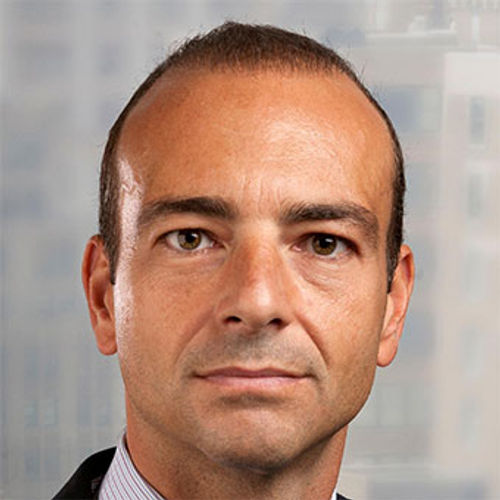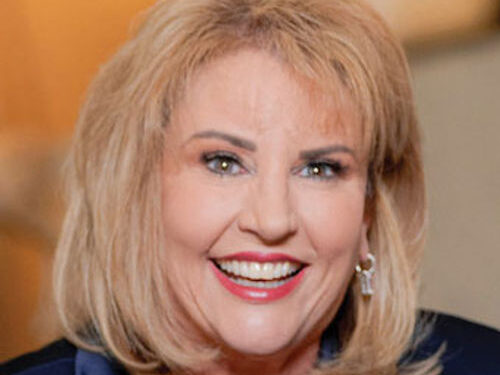After hitting rock bottom in 2024, San Francisco’s long-awaited tourism recovery is finally materializing.
The city has seen a strong hotel performance so far this year, even as many other major U.S. destinations struggle with softening demand, according to CoStar data. Year to date through July, RevPAR in the San Francisco/San Mateo market was up 8.8%, to around $154, making it the fastest-growing destination among all top 25 U.S. markets.
The city’s hotel revenue per available room (RevPAR) over the past 12 months up to July had also turned positive for the first time since the pandemic, increasing 1.1%, largely due to occupancy gains, said Michael Stathokostopoulos, senior director of hospitality analytics at CoStar Group.
He called this upswing a “meaningful rebound” while acknowledging it was coming “off a low base.”
Indeed, the city’s turnaround comes on the heels of a rocky 2024, when San Francisco ranked dead last among the top 25 U.S. markets for hotel rate recovery from 2019 levels and grappled with issues like weak convention business and persistent perception challenges.
“I’m really happy that 2024 is over,” said Anna Marie Presutti, CEO of the San Francisco Travel Association. “We’ve sort of decided to take matters into our own hands. It’s not about waiting to see what’s going to happen, it’s about making things happen.”
The positive momentum reflects changing perceptions about the city, Presutti said, which has made significant efforts to crack down on issues related to crime and public safety, including increasing police presence in key commercial districts and introducing “entertainment zones” designed to encourage foot traffic and business activity.
In early September, the office of San Francisco mayor Daniel Lurie reported that crime in San Francisco was down nearly 30% year to date.
Anna Marie Presutti
“The news stories have changed,” Presutti said. “We’re not seeing the ‘doom loop’ anymore that plagued us, because people kept seeing footage from 2020 being regurgitated. People would come to San Francisco expecting one thing, and then they get here and they’re like, ‘Oh, this is nothing like what I saw on TV.'”
According to Presutti, the city also benefited from an uptick in major events and conferences this year, including the J.P. Morgan Healthcare Conference in January and NBA All-Star Weekend in February. A jam-packed concert schedule — featuring shows by Dead & Company and country artist Zach Bryan as well as the Outside Lands music festival in Golden Gate Park — helped give San Francisco an additional demand boost over the summer months.
“That concert series was huge for us,” said Presutti, adding that the city has become an attractive value proposition for meeting and event planners.
“We’re definitely a better value than we ever were,” she said. “Our convention calendar is much more robust this year than it was last year.”
San Francisco’s convention-related room nights are expected to reach approximately 650,000 in 2025, up more than 60% from 2024’s 400,000, though still below the pre-pandemic average of 850,000, according to Stathokostopoulos. Presutti, however, remains confident that the city’s convention business will continue trending upward, with convention-related room nights on track to hit more than 700,000 next year.
San Francisco’s tourism recovery is also reflected in higher air traffic at San Francisco Airport, which reported a 7.2% increase in total airport passengers, to approximately 31.6 million year to date through July.
But while domestic traffic surged 9.3%, international passenger traffic remained far more modest at 2.3% growth, highlighting an ongoing challenge with international inbound tourism. Nationally, inbound travel remains about 8% below 2019 levels, according to Stathokostopoulos.
“Unfortunately, the spot that we’re still waiting to see return is, of course, international,” Presutti said. “Right now, we’re looking at the drive market. We want people to take a drive in from Sacramento and spend the weekend here. The regional markets are more important than ever.”

Michael Stathokostopoulos
Meanwhile, Stathokostopoulos cautioned that San Francisco’s recovery still faces headwinds. The city’s hotel demand remains 20% below 2019 levels, making it one of the least-recovered markets among top U.S. destinations, and its “downside risks remain elevated,” he added, citing uncertainty around the U.S. economy.
“Recovery is expected to continue, however at a more tepid level,” he said.
Presutti, however, is bullish about 2026, citing marquee events like Super Bowl LX and FIFA World Cup matches to be held at Levi’s Stadium in nearby Santa Clara.
“We’ve turned the corner,” Presutti said. “Things are really good in the city. It’s our turn again, and we’re taking full advantage of it.”
Copyright for syndicated content belongs to the linked Source link






